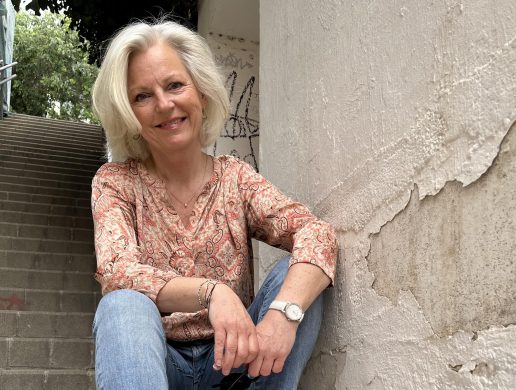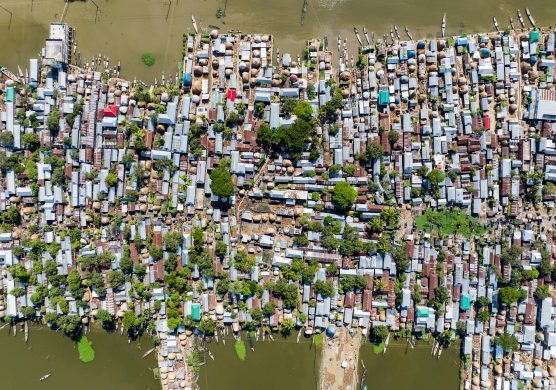Der må en sammenhængende indsats til i kampen mod klimaforandringerne og sult – det skylder vi de fattige millioner kloden over som uforskyldt rammes af naturens kræfter, nåede eksperter frem til på nylig konference.
JOHANNESBURG, 24 April 2013 (IRIN): Studies in Ethiopia, India, Kenya and Niger show that children born during natural hazards (farer), like droughts or floods, are more likely to be malnourished (underernærede).
Yet as the climate changes, it is poor countries – already struggling with hunger and food insecurity – that are increasingly likely to face these natural hazards.
A recent conference considered this issue from the perspective of “climate justice” – an approach to climate change focusing on the rights of vulnerable people who are the least responsible for causing climate change but among the most affected.
The Hunger-Nutrition-Climate Justice (HNCJ) conference, was held in Dublin, Ireland, and among the topics explored were “joined-up approaches” – also known as the “nexus (kerne)” approach.
The nexus approach seeks to find solutions based on the interconnections (sammenhænge) between various sectors or disciplines.
For instance, addressing interconnected malnutrition and climate change problems would involve working across health, agriculture, environment, water and land management sectors.
“No one level, sector or stakeholder group (aktør) alone can identify and implement sustainable solutions to complex societal challenges such as hunger and climate change,” said one of the papers at the conference.
IRIN spoke to experts about how joined-up approaches and “climate justice” can help improve nutrition for the most vulnerable and shape sustainable development efforts in the future.
Joined-up approaches
Experts say the nexus approach is a way to advance the social, environmental and economic aspects of sustainable development simultaneously.
Oscar Ekdahl, WFP policy officer, says using joined-up approaches to address hunger, nutrition and climate justice should come naturally.
“People’s needs, as well as opportunities, are by nature multi-sectoral,” he said, adding:
“More often than not, multiple sectors or service providers – for example ministries of agriculture, social planning, and environment – are required to effectively address issues such as hunger and undernutrition.”
Building resilience (modstandsdygtighed) among vulnerable populations – entailing support from both humanitarian and development actors – can also help address nutrition and climate change problems simultaneously, says José Luis Vivero Pol, an anti-hunger activist with Université Catholique de Louvain.
“Well-nourished people and children will better cope with climate change vagaries (either floods or droughts) than malnourished children,” he explained.
FAO’s Richard China said the future of the nexus approach will be determined by how countries choose to allocate (fordele) resources to the Sustainable Development Goals (SDGs) – a set of goals the UN is formulating to guide development after the Millennium Development Goals (MDGs) end in 2015.
One of the criticisms levelled against the MDGs is that they have encouraged countries to ensure funds flow through sectors, or to adopt strategies with narrow sector-based approaches. Experts hope the SDGs will instead promote inter-related interventions by the various sectors.
Richard China says the UN Secretary-General’s Zero Hunger Challenge, which aims to end hunger “in our lifetime”, underlines this inter-related approach.
Achieving the goals
* 100 percent access to adequate food;
* zero stunted (væksthæmmede) children less than two years old;
* all food systems are sustainable;
* 100 percent increase in smallholder (småbøndernes) productivity and income; and
* zero loss and waste of food
– will require interventions across multiple sectors, including agriculture, health, nutrition and climatology.
Overcoming status quo
Læs videre på
http://www.irinnews.org/Report/97913/A-unified-approach-to-climate-change-and-hunger














